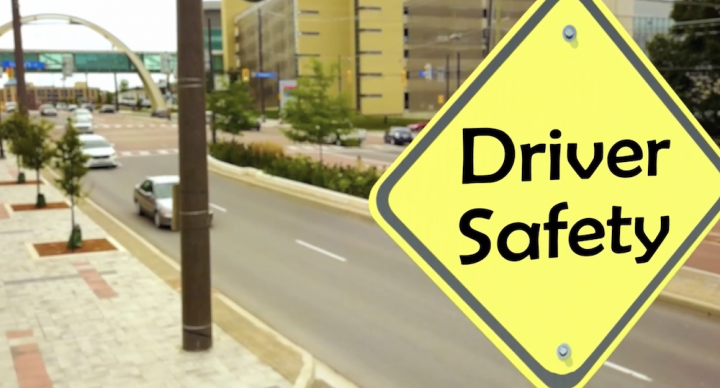Driver Safety

Course Features
Course Details
Course Overview
Driver Safety is designed to prepare students for the essential responsibilities and skills needed for safe and responsible driving. Through a series of in-depth lessons, students will explore critical aspects of driving, including vehicle operation, traffic laws, hazard prevention, and the impact of driving under various conditions. This course not only teaches the mechanics of driving but also emphasizes the importance of defensive driving, safety practices, and legal responsibilities. By the end of this course, students will have a solid understanding of road rules, the importance of vehicle maintenance, and the effects of factors such as alcohol, drugs, and weather on driving performance. The course includes interactive lessons on how to handle emergencies, perform basic car maintenance, and navigate complex driving situations. It also prepares students for obtaining and maintaining their driver's license through lessons on licensing procedures, the written exam, and road tests.Sample Lesson - Introduction
 This course was developed by the International Academy of Science.
Learn More
This course was developed by the International Academy of Science.
Learn More
Scope and Sequence
Unit 1: Introduction to Automobiles and Vehicle Safety This unit introduces the basic principles of vehicle operation and safety. Students will learn about the essential parts of an automobile, the importance of vehicle maintenance, and the safety measures necessary before driving. The unit covers topics such as financial responsibility, insurance, seatbelts, airbags, and handling vehicle emergencies. By the end of this unit, students will be familiar with the foundational requirements of vehicle ownership and basic safety precautions. Unit 2: Understanding Traffic Signals, Road Signs, and Road Rules This unit focuses on familiarizing students with the various traffic signals, road signs, and rules that govern driving behavior. Students will learn to interpret traffic lights, pavement markings, and road signs, while understanding the right of way, parking regulations, and roundabout navigation. By the end of this unit, students will confidently navigate roadways and understand their responsibilities in different traffic scenarios. Unit 3: Road Safety and Sharing the Road In this unit, students will delve into road safety, with a particular focus on stopping distances, vehicle handling, and sharing the road with other users such as pedestrians, cyclists, and large trucks. Students will also learn highway driving techniques and how to manage various road hazards. The goal is to provide students with a thorough understanding of how to drive safely in various conditions and with different types of vehicles. Unit 4: Driving Under Special Conditions This unit focuses on driving under difficult and hazardous conditions. Students will learn about the dangers of distracted driving, road rage, and driving at night. Lessons also cover driving in adverse weather conditions such as rain, fog, snow, and ice. Additional topics include the effects of alcohol and drugs on driving and how to responsibly handle vehicle collisions and interactions with law enforcement. By the end of this unit, students will be prepared to face challenging driving situations with confidence. Unit 5: Licensing and Legal Responsibilities The final unit covers the process of obtaining and maintaining a driver's license. Students will learn about the different types of licenses, the steps involved in obtaining a license, and the tests required. The unit also addresses license endorsements, restrictions, suspension, and revocation. Additionally, students will explore vehicle titling, registration, and the importance of safety and emissions inspections. By the end of this unit, students will be well-versed in the legal requirements for driving.
This course does not have any sections.






